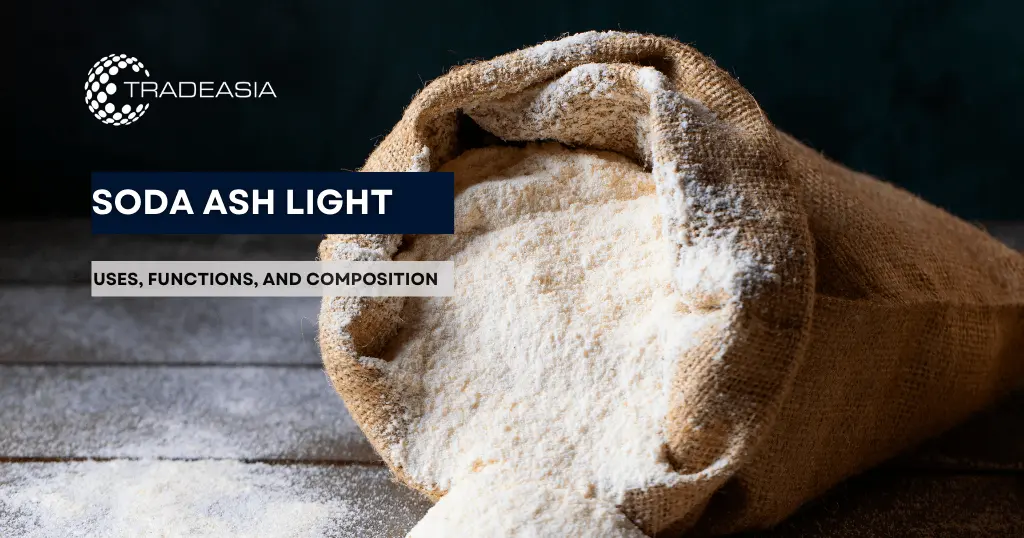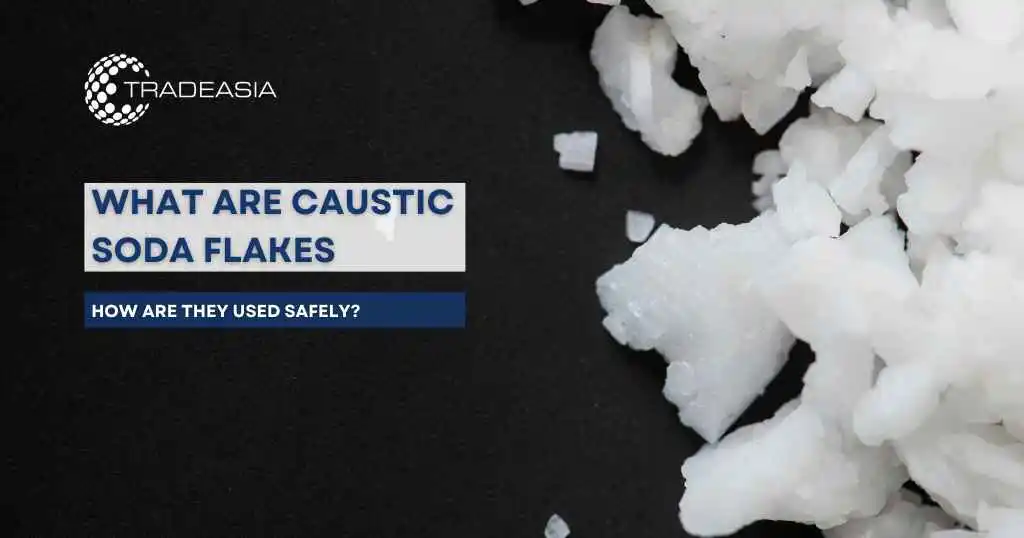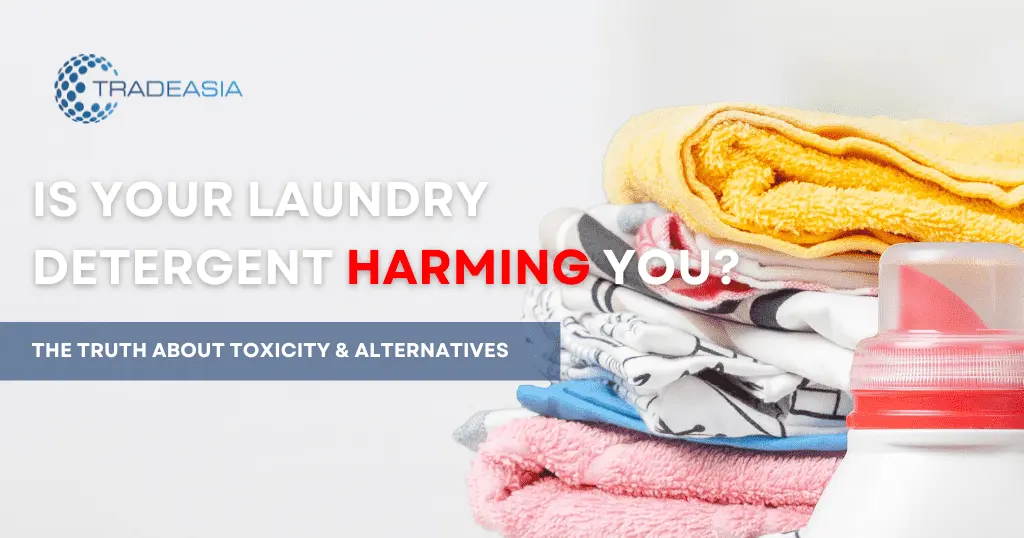Latest Articles



Soap and Detergents
Is Your Laundry Detergent Harming You? The Truth About Toxicity and Alternatives
21 September 2023